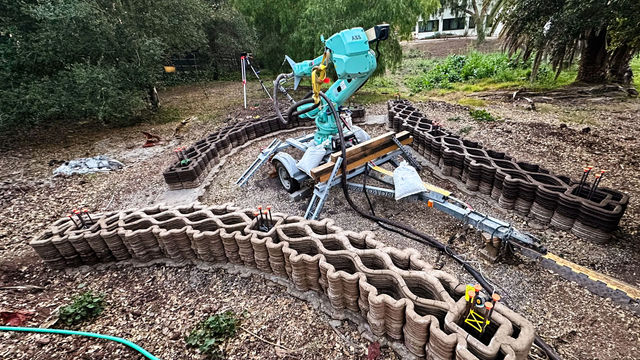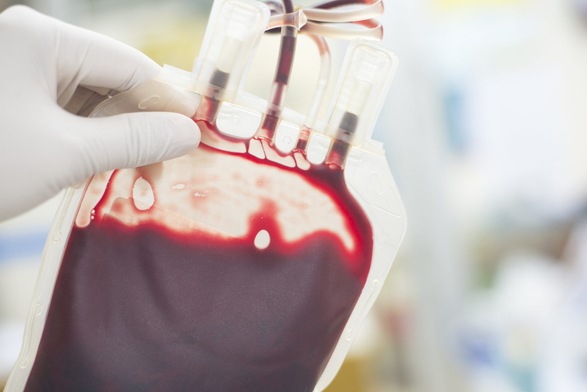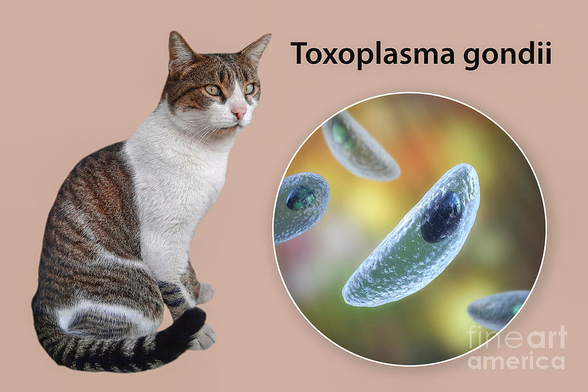Anthropic is sharing its massive values dataset publicly to encourage more research and transparency in AI development.
Discovered via https://venturebeat.com/ai/anthropic-just-analyzed-700000-claude-conversations-and-found-its-ai-has-a-moral-code-of-its-own/



